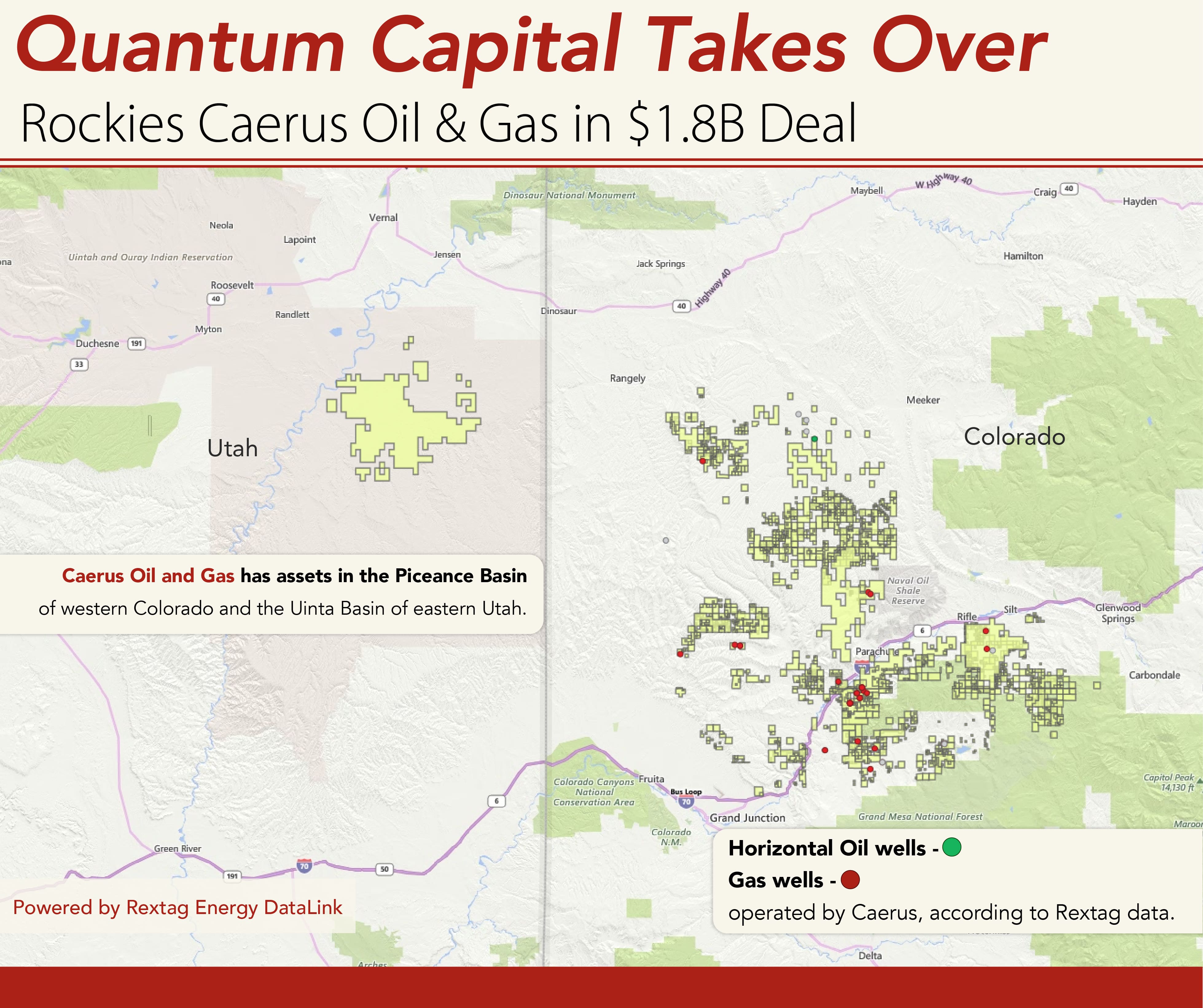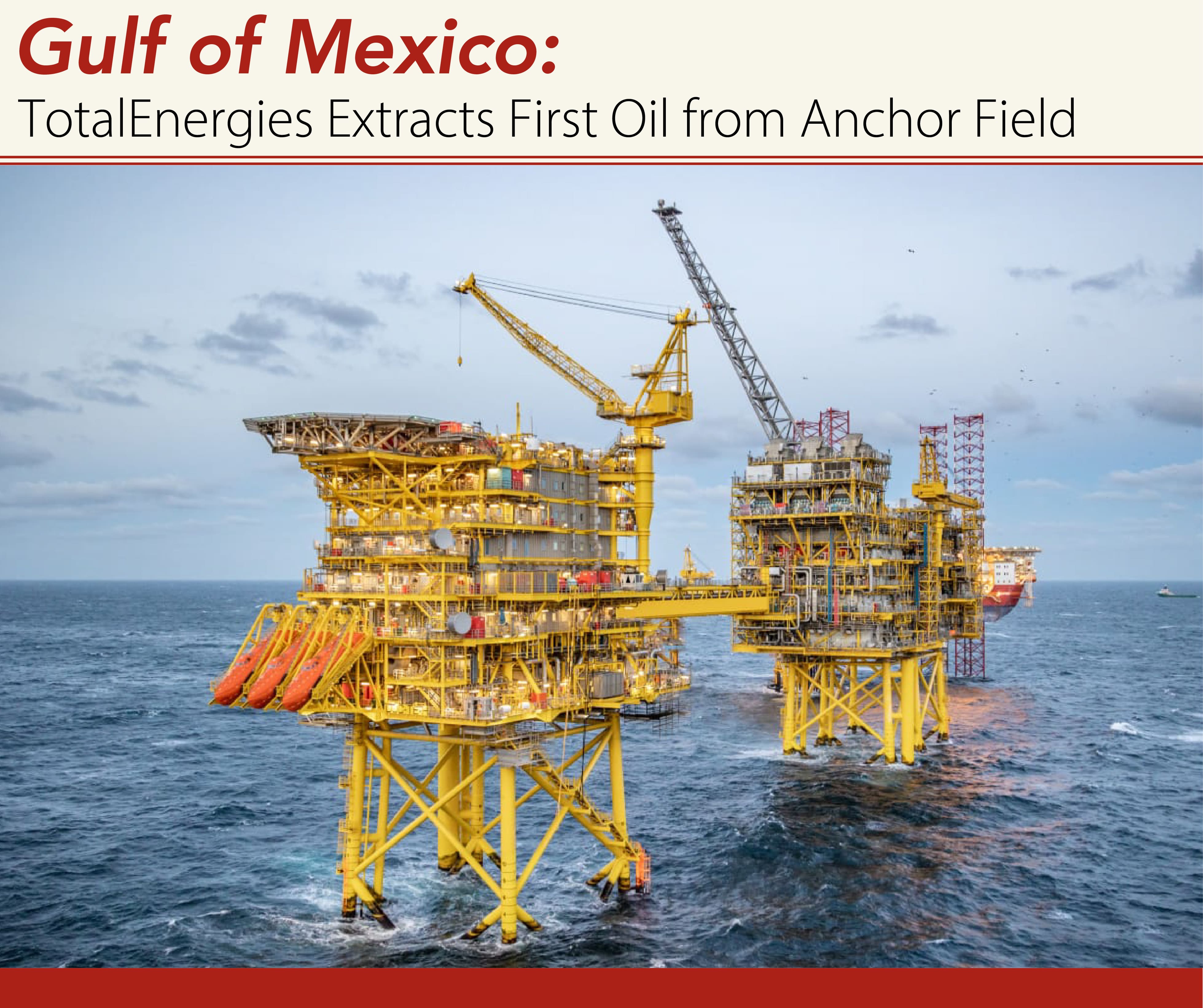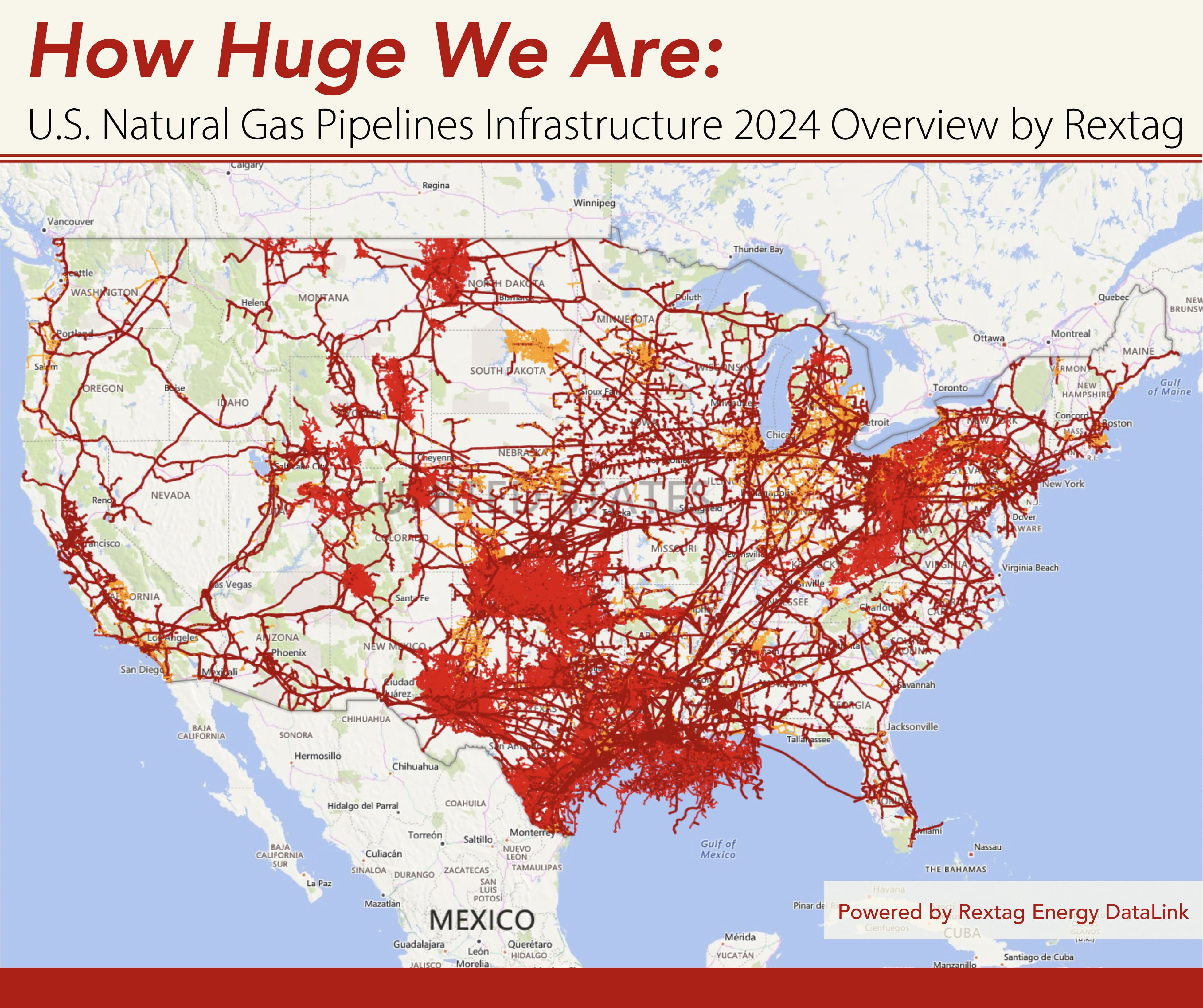Blog
Since days when shale oil and gas technologies were discovered, the U.S. energy industry has been evolving more rapidly than ever before. Many changes are amazing especially when you put them on an industry map. At Rextag not only do we keep you aware of major projects such as pipelines or LNG terminals placed in service. Even less significant news are still important to us, be it new wells drilled or processing plants put to regular maintenance.
Daily improvements often come unnoticed but you can still follow these together with us. Our main input is to “clip it” to the related map: map of crude oil refineries or that of natural gas compressor stations. Where do you get and follow your important industry news? Maybe you are subscribed to your favorite social media feeds or industry journals. Whatever your choice is, you are looking for the story. What happened? Who made it happen? WHY does this matter? (Remember, it is all about ‘What’s in It For Me’ (WIIFM) principle).
How Rextag blog helps? Here we are concerned with looking at things both CLOSELY and FROM A DISTANCE.
"Looking closely" means reflecting where exactly the object is located.
"From a distance" means helping you see a broader picture.
New power plant added in North-East? See exactly what kind of transmission lines approach it and where do they go. Are there other power plants around? GIS data do not come as a mere dot on a map. We collect so many additional data attributes: operator and owner records, physical parameters and production data. Sometimes you will be lucky to grab some specific area maps we share on our blog. Often, there is data behind it as well. Who are top midstream operators in Permian this year? What mileage falls to the share or Kinder Morgan in the San-Juan basin? Do you know? Do you want to know?
All right, then let us see WHERE things happen. Read this blog, capture the energy infrastructure mapped and stay aware with Rextag data!
US Oil and Gas: Will Higher Production Levels Overwhelm Weakening Demand?
Investors remain strongly bearish on petroleum prices, even as confidence grows that the U.S. Federal Reserve will cut interest rates to boost consumer and business spending. Last week, fund managers returned to selling oil futures and options, as the brief rally from the previous week quickly lost steam and negative sentiment took hold once again. Hedge funds and other money managers offloaded 48 million barrels across the six major futures and options contracts in the week ending August 20. This marks the sixth time in seven weeks that funds have been sellers, reducing their positions by a staggering 346 million barrels since early July, based on data from exchanges and regulators.
Geodata Requirements for Solar Farm Siting: TOP US States for Solar Energy
Solar energy is quickly becoming one of the most popular and sustainable ways to generate power. As more people and businesses turn to renewable energy, finding the best spots in the United States to build solar farms is crucial. This is where Geographic Information Systems (GIS) comes in. GIS technology helps us analyze the environment, land features, and land use to identify the best places for solar energy projects. By using GIS, we can boost energy production and reduce the environmental impact, all while helping the country meet its renewable energy goals.
Gulf of Mexico: TotalEnergies Extracts First Oil from Anchor Field
TotalEnergies has announced the start of oil production from the Anchor field, located 225 km off the coast of Louisiana in the Gulf of Mexico. The Anchor field began development in December 2019 and is a joint project between TotalEnergies, which holds a 37.14% stake, and Chevron, the operator, which has the remaining 62.86%.
These 8 US States Now Get Most of Their Renewables: Solar, Wind and More
Last year, a Pew Research Center survey revealed that 67% of Americans are in favor of developing alternative energy sources. Similarly, an Eligo Energy survey indicated that 65% of U.S. consumers are prepared to pay a premium for renewable energy. According to Mordor Intelligence, the U.S. renewable energy market is projected to reach 434.5 GW in 2024, with further growth expected at an annual rate of 10.01%, reaching 700.15 GW by 2029.
TOP 3 Must-Watch Trends in Oil & Gas: Exxon Mobil, Shell, BP and ConocoPhillips
Last week, Exxon Mobil, Shell, BP, and ConocoPhillips all reported second-quarter earnings that exceeded analysts' expectations, while Chevron’s results fell short, largely due to challenges in its refining business. A significant portion of these multi-billion dollar earnings came from oil and gas production. The companies' executives have indicated that they plan to increase spending on new exploration projects moving forward. While this doesn't suggest that investors are ignoring climate goals at these major oil firms, it does show that they are focusing more on the profits generated from production.
How Huge We Are: U.S. Natural Gas Pipelines Infrastructure 2024 Overview by Rextag
The U.S. natural gas pipeline network is a complex pipeline system that transports natural gas from production areas to consumers nationwide. The pipeline network consists of three main pipeline types: gathering, transmission, and distribution. In 2023, the U.S. had one of the most extensive pipeline networks in the world, with over 2.5 million miles of pipelines transporting oil, natural gas, and other liquids and gases. The pipeline industry continues to invest in new infrastructure to meet growing demand and ensure reliable energy transportation.


.jpg)



